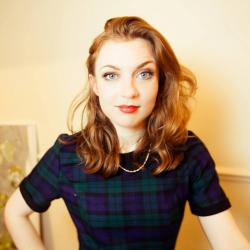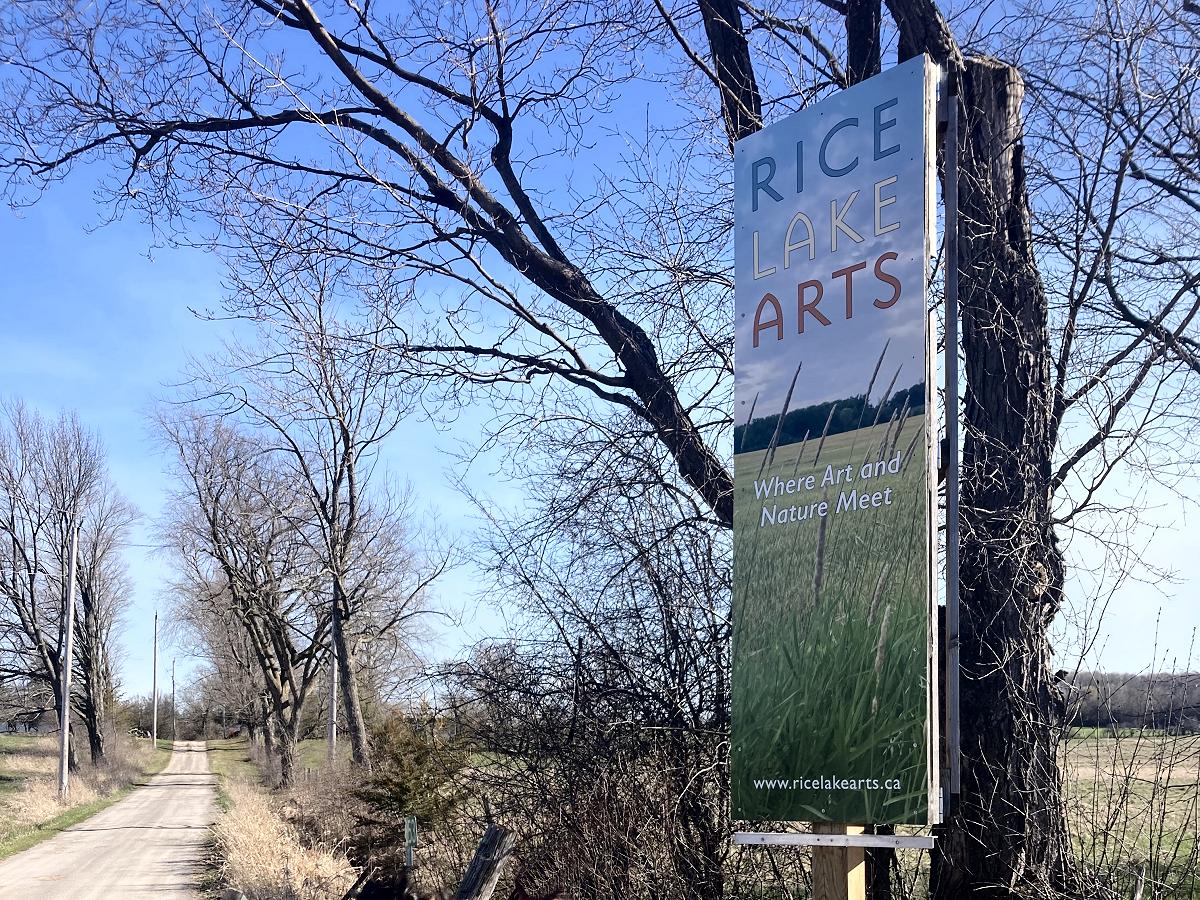‘Visitations’ Wins The Visual Arts Prize

Table of Contents
Polar bear encounters in Iceland are likely to get a predictable sort: a bear, generally weak and emaciated, is spotted by a nearby. Panic ensues the law enforcement are referred to as, the media incites a transient hysteria. The bear is shot.
This chaotic cycle, doomed to repeat alone each individual couple many years, is partly the matter of ‘Visitations’, an exhibition by Icelandic/British inventive partnership Snæbjörnsdóttir/Wilson—a exhibit that acquired them the prestigious Icelandic Visible Arts Award.
“I’ve been informed by heaps of men and women not to say it was a surprise,” confides Mark Wilson. “I did actually feel we could possibly be shortlisted, but Bryndís didn’t at all.”
“I was not even considering about it,” confirms his associate, Bryndís Snæbjörnsdóttir. “I really do not make art to get accolades. But at the exact same time, I really do not deny how amazing it was to obtain it.”
“I did not think the art scene in Iceland had rather arrived at this issue,” she continues. “I felt so happy that they could award the Art Prize to anything that goes over and above this thought of the Romantic artist.”

Image by Daniel Starrason
“Conflict and paradox”
Mark and Bryndís’s function is about as considerably taken off from traditional notions of visible art as could be imagined. Shown at the Art Museum in Akureyri from September 2021 to January 2022, Visitations was the fruits of a 3-year multidisciplinary exploration venture, funded by Rannís, the Icelandic Analysis Fund. Introduced making use of a wide assortment of media—with online video, photographs, collage, drawings and zoological stays earning up just some of the diverse exhibits—the task exemplifies the artistic practice of Snæbjörnsdóttir/Wilson, which they have been creating around the past 20 years.
“Sometimes folks think we make function about animals, but we don’t—we make operate about unusual human behaviour,” points out Mark. “We use a particular animal and the interface that people have with that animal to discover unique passions, and frequently to expose a deficiency of consensus conflict and paradox.”
A private relationship
Mark and Bryndís have been building get the job done collectively since 1999, and polar bears—or somewhat, the odd human behaviours associated with them—have usually been the emphasis of their inventive exploration.
“It started out from a extremely own perspective,” claims Bryndís. “It experienced to do with my name—Snæbjörnsdóttir [‘snow bear’s daughter’, in English]. I lived in Scotland for numerous several years, and I was fairly persistent that folks would be ready to say my surname. I never know why, but it turned massively critical for me.”

Image by Daniel Starrason

Image by Daniel Starrason
A transformational moment came when Bryndís frequented a museum shop place in Scotland, and was confronted by the sight of hundreds of stuffed animals of every kind. The practical experience, she states, “activated this deep experience of some form of reduction. You know—what have we carried out? What are we performing?”
The unsettling incident supplied sudden momentum and served to crystallise the tactic Bryndís preferred to take with her practice. The couple soon accomplished their very first challenge, ‘nanoq: flat out and bluesome’: an artists’ survey of taxidermy polar bears in Scotland.
Creating connections
This initially collaborative perform verified not only the pair’s enduring curiosity in polar bear ordeals, but also their wish to include associates from exterior the inventive sphere, an component of their apply that has remained a constant thread through their a variety of assignments. From historians, folklorists and zoologists, to farmers, pet house owners and hunters, Snæbjörnsdóttir/Wilson see collaboration as an necessary part of their operate.
“This detail about ‘the artist, the genius’… I generally felt like this was complete nonsense—and I nonetheless do, essentially,” Bryndís suggests, waving her palms dismissively. “Art is about bringing people together.”
“It’s about creating not likely connections on just about every level,” agrees Mark. “We get the job done a great deal with other disciplines, and we talk a great deal about the relevance of that.”

Picture by Daniel Starrason
Sick-fated website visitors
For Visitations, the artists focussed their operate close to two polar bear arrivals to Iceland in 2008. The two ‘vagrants’—as non-native site visitors are known—both arrived ashore on the North coast of Iceland, within months of each individual other. Each had been shot and killed, while there was really serious dialogue of trying to tranquillise the second a single.
“How do you deal with a stranger, when the stranger constitutes a risk?”
In a macabre twist of destiny, Bryndís experienced the weird experience of encountering this certain bear two times: as soon as residing, and yet again following its demise. She was able to accompany the push to see it, running hungry and worried, throughout the wild expanses of Skagafjördur. The next experience came when she and Mark have been conducting study at The Icelandic Institute of Normal Historical past. It was right here that they discovered that many of the skeletons of bears killed in Iceland are held for scientific applications.

Photo by Daniel Starrason
“On one particular of our very first visits there, they just lent us the bones of that distinct bear.” Bryndís says, practically incredulously, as if she however can not very believe that these a thing took area.
“Again, you have these kind of times,” she carries on. “You’re driving your automobile and in the back again of the car are the bones of the bear that you observed dwelling. It’s challenging to enable it go it haunts you.”
The idea of the stranger
This sophisticated concept of a haunting, of a romantic relationship with a species that is mediated by a heady combination of folklore and fear, types the basis of Visitations. The bones that Bryndís and Mark drove home that day were also an exhibit in the show not wired collectively and exhibited as in museums, as if they still inhabited the ghostly variety of an absent animal, but in a stacked heap in a box. An indisputable container of proof of what transpired when a bear achieved a guy.
“More abstractly, we’re seeking at the notion of the stranger, and the concept of hospitality” states Mark. “How do you offer with a stranger, when the stranger constitutes a risk? Mainly because of course, historically, there’s only been just one answer to that dilemma.”
‘Visitations: Polar Bears out of Place’ took position at Akureyri Art Museum from 25.09.2021 – 09.01.2022, and was curated by Æsa Sigurjónsdóttir. Study far more at visitations.lhi.is









